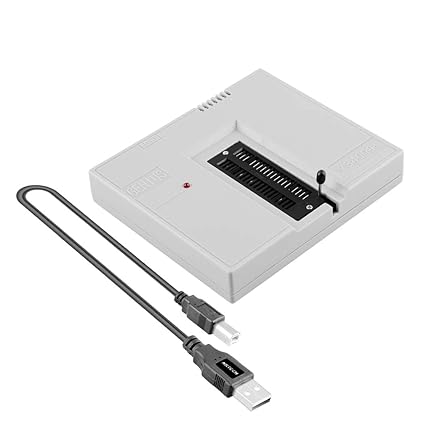Cmos Pld Programming Hardware And Software
понедельник 18 февраля admin 34
Everyday jigsaw keygen serial. Our team of engineers, scientists, researchers, designers and policy experts view the world through the lens of technology. We’re an incubator within Alphabet that builds technology to tackle some of the toughest global security challenges facing the world today—from thwarting online censorship to mitigating the threats from digital attacks to countering violent extremism to protecting people from online harassment.
Programming/Erasing Programming/erasing is performed using standard PLD programmers. See “CMOS PLD Pro-gramming Hardware & Software Support” for information on software/programming. Input and I/O Pin-keeper Circuits The ATF22V10C contains internal input and I/O pin-keeper circuits. These circuits allow each. The ATF22V10B is a high performance CMOS (Electrically Erasable) Programmable Logic Device (PLD) which utilizes Atmel’s proven electrically erasable Flash memory technol-ogy. Speeds down to 7.5 ns and power dissipation as low as 10 mA are offered. All speed ranges are specified over the full 5V ± 10% range for military and industrial tempera.
Contents • • • • • • • • • • • • Early programmable logic [ ] In 1969, offered the XC157, a mask-programmed gate array with 12 gates and 30 uncommitted input/output pins. In 1970, developed a mask-programmable IC based on the read-only associative memory or ROAM. This device, the TMS2000, was programmed by altering the metal layer during the production of the IC. The TMS2000 had up to 17 inputs and 18 outputs with 8 for memory. TI coined the term (PLA) for this device. In 1971, Company (GE) was developing a programmable logic device based on the new (PROM) technology. This experimental device improved on IBM's ROAM by allowing multilevel logic.
Intel had just introduced the floating-gate erasable PROM so the researcher at GE incorporated that technology. The GE device was the first erasable PLD ever developed, predating the EPLD by over a decade. GE obtained several early patents on programmable logic devices. In 1973 introduced a mask-programmable PLA device (DM7575) with 14 inputs and 8 outputs with no memory registers. This was more popular than the TI part but cost of making the metal mask limited its use.
The device is significant because it was the basis for the field programmable logic array produced by in 1975, the 82S100. Crack atelier scientifiques du. ( actually beat Signetics to market but poor yield doomed their part.) In 1974 GE entered into an agreement with (MMI) to develop a mask–programmable logic device incorporating the GE innovations. The device was named the 'Programmable Associative Logic Array' or PALA.

The MMI 5760 was completed in 1976 and could implement multilevel or sequential circuits of over 100 gates. The device was supported by a GE design environment where Boolean equations would be converted to mask patterns for configuring the device. The part was never brought to market. Main article: In 1970, developed a mask-programmable IC based on the read-only associative memory or ROAM. This device, the TMS2000, was programmed by altering the metal layer during the production of the IC. The TMS2000 had up to 17 inputs and 18 outputs with 8 JK flip flop for memory.
